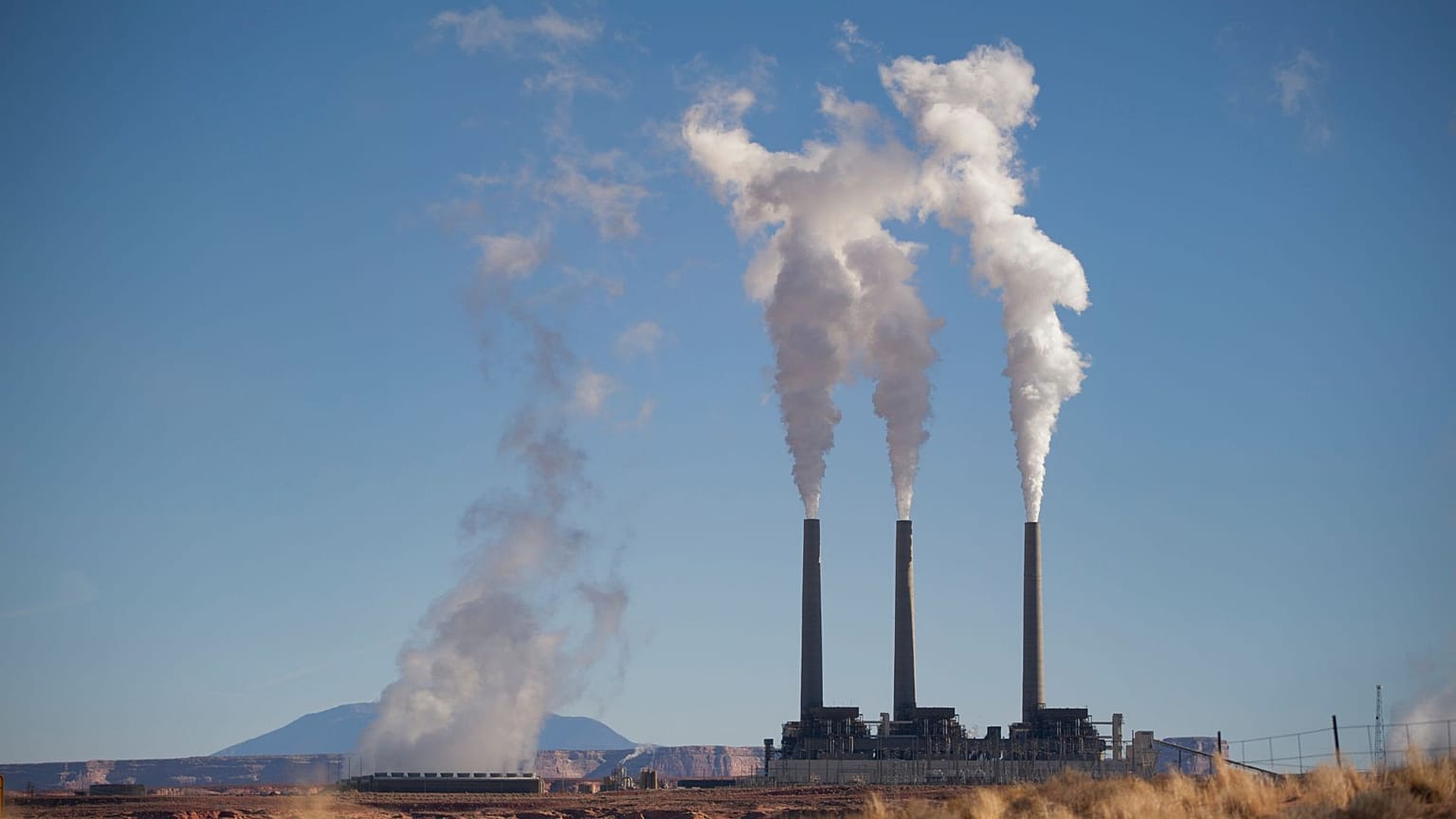Renewables growth did not dent fossil fuel dominance in 2022, a report has revealed.
Renewable energy failed to shift the dominance of fossil fuels in 2022, a new report has shown, despite a massive growth in wind and solar capacity.
Global energy demand rose 1 percent last year, the Statistical Review of World Energy report revealed on Monday - and the 82 percent of total supply was provided by oil and gas generation.
This is despite a massive increases in renewable capacity, which grew by a whopping 266 gigawatts.
"Despite further strong growth in wind and solar in the power sector, overall global energy-related greenhouse gas emissions increased again," said the president of the UK-based global industry body Energy Institute, Juliet Davenport.
"We are still heading in the opposite direction to that required by the Paris Agreement."
Which fossil fuels dominated energy supply in 2022?
Last year was marked by turmoil in the energy markets after Russia's invasion of Ukraine, which helped to boost gas and coal prices to record levels in Europe and Asia.
But despite the turmoil, energy demand increased. Global primary energy demand grew around 1 percent, slowing from the previous year's 5.5 percent, but demand was still around 3 percent above pre-coronavirus levels in 2019.
The stubborn lead of oil, gas and coal products in covering most energy demand cemented itself.
Renewables, excluding hydropower, accounted for 7.5 per cent of global energy consumption, around 1 per cent higher than the previous year
Meanwhile, oil consumption increased by 2.9 million barrels per day to 97.3 million bpd. The overall trend was slightly downward, however, with oil consumption down 0.7 percent on pre-COVID levels.
The annual report, a benchmark for the industry, was published for the first time by the Energy Institute together with consultancies KPMG and Kearny after they took it over from BP, which had authored the report since the 1950s.
What does fossil fuel growth mean for the climate?
Our continued dependence on fossil fuels is a massive threat to the environment.
Scientists say the world needs to cut greenhouse gas emissions by around 43 percent by 2030 from 2019 levels to have any hope of meeting the international Paris Agreement goal of keeping warming well below 2C above pre-industrial levels.
Fossil fuel extraction and consumption is the biggest cause of global warming.
To limit climate-change induced temperature increases below 2 degrees Celsius, society must rapidly decarbonise.
But last year, Subsidies for oil and ‘natural gas’ (aka fossil gas) soared. Governments spent more than €900 billion on fossil fuel subsidies in 2022, the highest figure ever recorded.



















